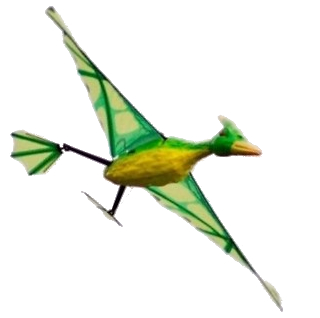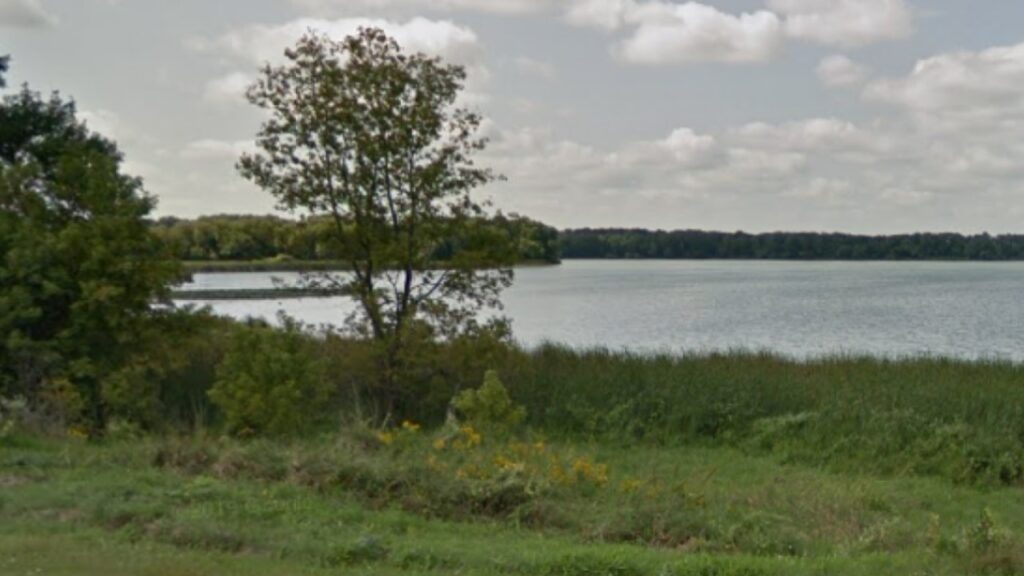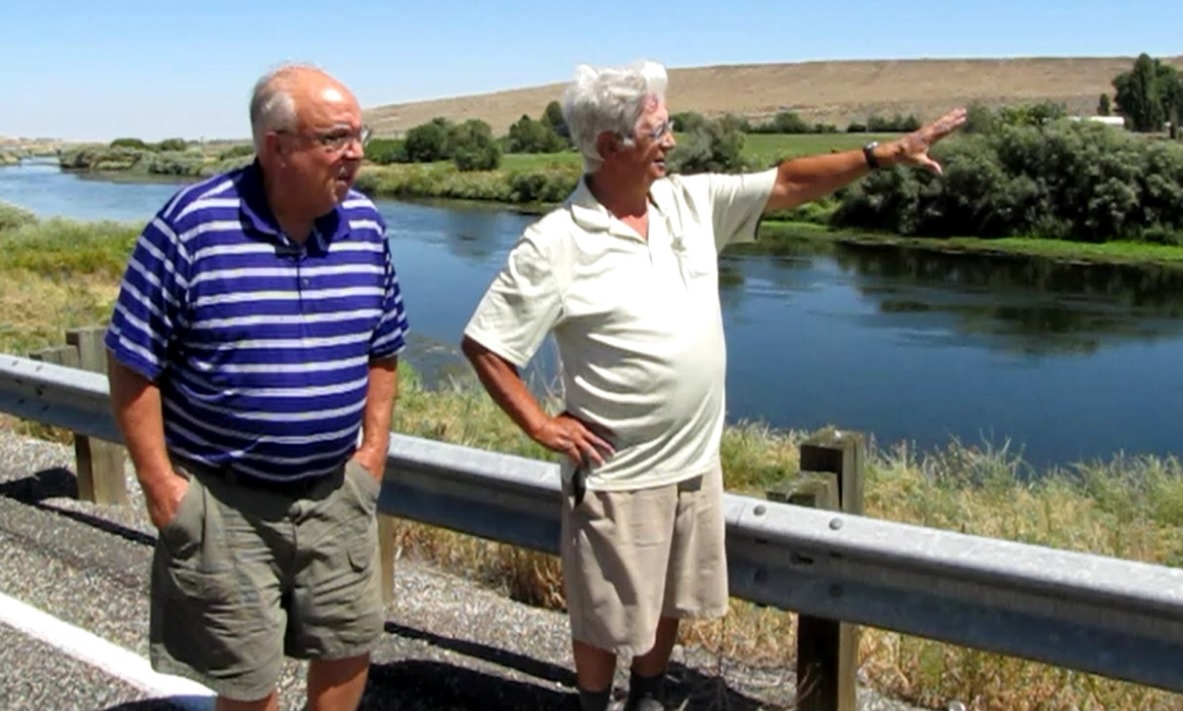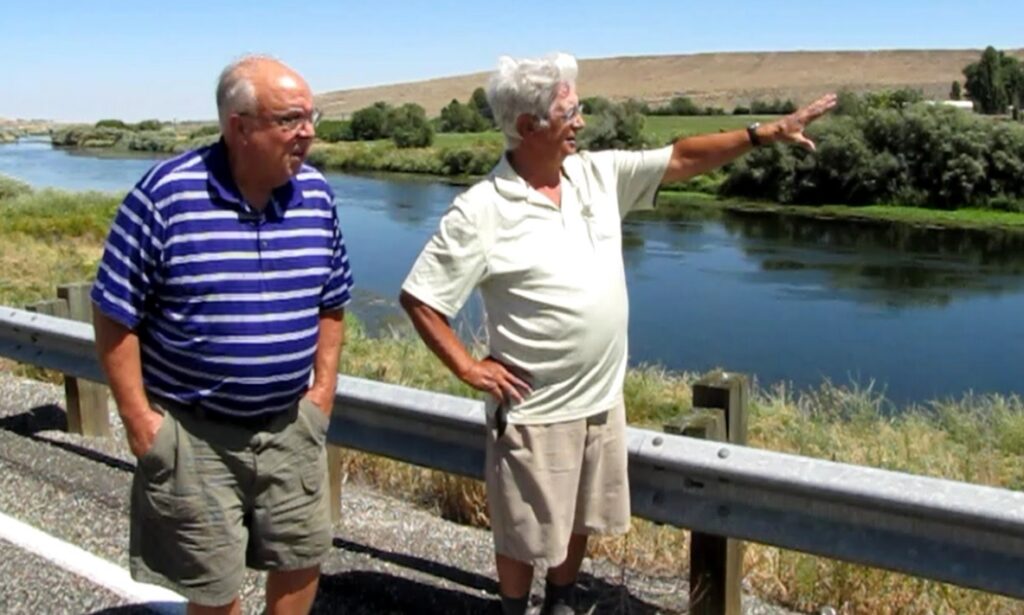By Jonathan Whitcomb
Many videos on YouTube are positive about the possibility that not all “pterodactyls” became extinct millions of years ago. On November 24, 2023, a video was uploaded on the YT channel Protect Animal Life, and it directs viewers to six other videos that are on five channels:
Pterodactyl or Flying Dinosaur NOT Extinct
If you would like to watch it on this WordPress platform, click below:
By clicking on the above image, you can stay on this blog (Live Pterosaur) but still watch the video. You’ll even remain here on this post.
The following are the six videos mentioned in the new video (for links to them, see the bottom of this blog, below the “###”):
“Legend or Lie? Tombstone Thunderbird”
This is the least supportive of the concept that one or more species of pterosaurs may still be living. In fact, if you watch only the first two thirds or so of it, you’ll miss the surprise near the end: Although the newspaper article in The Tombstone Epitaph may have a number of falsehoods, it may be based upon an actual event with two ranchers who tried following a large flying creature before their horses refused follow it.
.

Ropen of Arkansas Reenactment Living Pterosaur Pterodactyl
Jacob Guerra introduces this video, and after providing basic facts about the state of Arkansas he gets into a dramatic presentation of an encounter a lady had with a gigantic flying creature that flew in front of her pickup truck on a small bridge in a rural area.
.
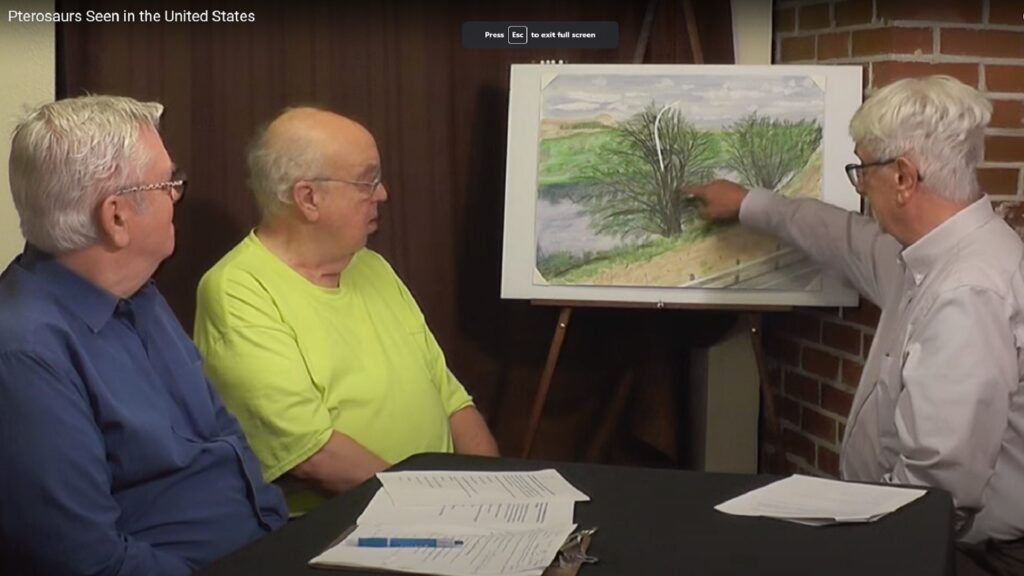
Pterosaurs Seen in the United States
Explorers and cryptozoologists Milt Marcy and Peter Beach explain how they witnessed bioluminescent flying creatures at the Yakima River in Washington State and an apparent living pterosaur in Papua New Guinea.
.
Ropen or Pterodactyl? American Eyewitness Talks
The American World War II veteran Duane Hodgkinson was interviewed, in 2005, by the cryptozoologist Garth Guessman. The resulting video (on the YouTube channel Protect Animal Life) is one of the most popular on YT for supporting the possibility of modern living pterosaurs. The sighting itself was in New Guinea in 1944.
.

Flying Dinosaur or Pterodactyl Sightings
The investigative journalist Jonathan Whitcomb explains how he can understand the perspective of a typical skeptic: In about 1968, he was a skeptic himself, although he now firmly believes in modern pterosaurs. His sister, who was in high school at the time, had a friend who declared that she had seen a gigantic “pterodactyl” that flew up into the foothills just north of Altadena, California.
.
Pterodactyl or Ropen on Camera on Flying Dinosaur
Cynthia Lee, in Raleigh, North Carolina, recorded with her cell phone camera two large ropens. Those flying creatures were close enough that she was able to record both of them while the city bus she was on began to pull away. The apparent pterosaur that was flying much lower was being chased by a bird.
.
###
.
Pterosaurs Seen in the United States
This YouTube video is on the channel Dino Discovery. Milt Marcy and Peter Beach are interviewed concerning their pterosaur sightings and investigation into these flying creatures in the United States and in Papua New Guinea.
.
Ropen or Pterodactyl? American Eyewitness Talks
In this YouTube video, the flight instructor Duane Hodgkinson reveals what he and his army buddy saw in 1944 in the southwest Pacific: a “HUGE” “pterodactyl” that flew overhead, just west of Finschhafen. The YouTube channel is titled “Jonathan Whitcomb”.
.
Pterodactyl or Ropen on Camera on Flying Dinosaur
This is one of many videos on Whitcomb’s YouTube channel “Protect Animal Life”. It mostly covers two “pterodactyl” sightings in the United States. One of those encounters was in Raleigh, North Carolina.
.
Flying Dinosaur or Pterodactyl Sightings
This is also on the “PAL” channel (Protect Animal Life): Jonathan Whitcomb’s confession that he disbelieved a sighting report when he was young (in about 1968). The encounter was in Altadena, California, a little north of Pasadena.
.
Legend or Lie? Tombstone Thunderbird
This YouTube video leaves a crack in the door for believing that an apparent pterosaur flew near Tombstone, Arizona, in the late 19th century. “KGUN9” is the name of the YouTube channel (Whitcomb is not connected with it).
.
Ropen of Arkansas Reenactment Living Pterosaur Pterodactyl
The main point in this YouTube video is the sighting of a huge pterosaur that flew over a small bridge in rural Arkansas years ago. The YT channel is THE ROPEN NETWORK (not owned or controlled by Jonathan Whitcomb).
.




